Newspaper printing house
Aytaj Mammadli, Elmaddin Shamilzade
Aftandil has been producing newspapers for over 30 years. He remembers well the golden period of print media in Azerbaijan in the ’90s. In those days, a dozen newspapers per week were printed with a total distribution between 200-300,000. Today, there are only a handful of papers with just a couple thousand subscribers.
Despite this, he still believes that newspapers are here to stay. Even though he himself doesn’t read them.
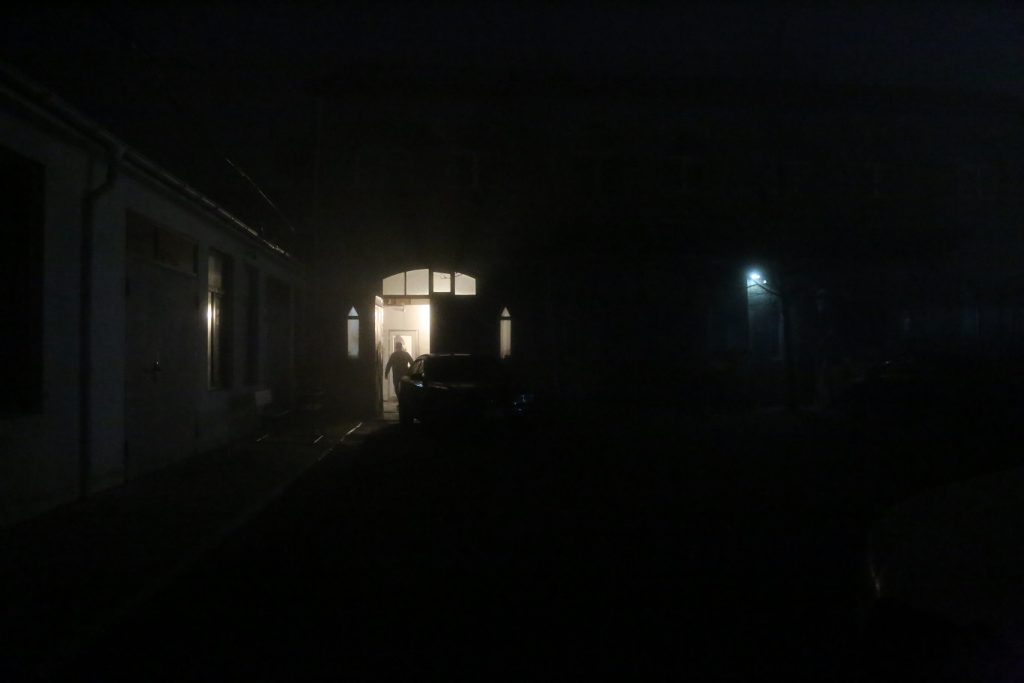
Midnight. This dark section of Sharifzade Street is only illuminated by the printing plant of Futbol+.


The printers start working at 8 pm, and continue until 3 am in order to deliver newspapers to newsstands as early as possible. How many of them will be sold, how many will be “returned”, is another story…


Newspaper printing begins with editing. He said that they brought him films printed with a printer and that his job was to place the films in a machine which transfers photographs and texts to create a design for a newspaper. Then, he uses a liquid to wash the layouts, which then transfers text and photographs onto the metal plate.

“Each film reflects a certain color in the newspaper. Here, every millimeter is important. You will not be able to read anything in the newspaper if the colors of the films do not match. Imagine that the eyes, nose, and mouth of a photo of a human being were to change.

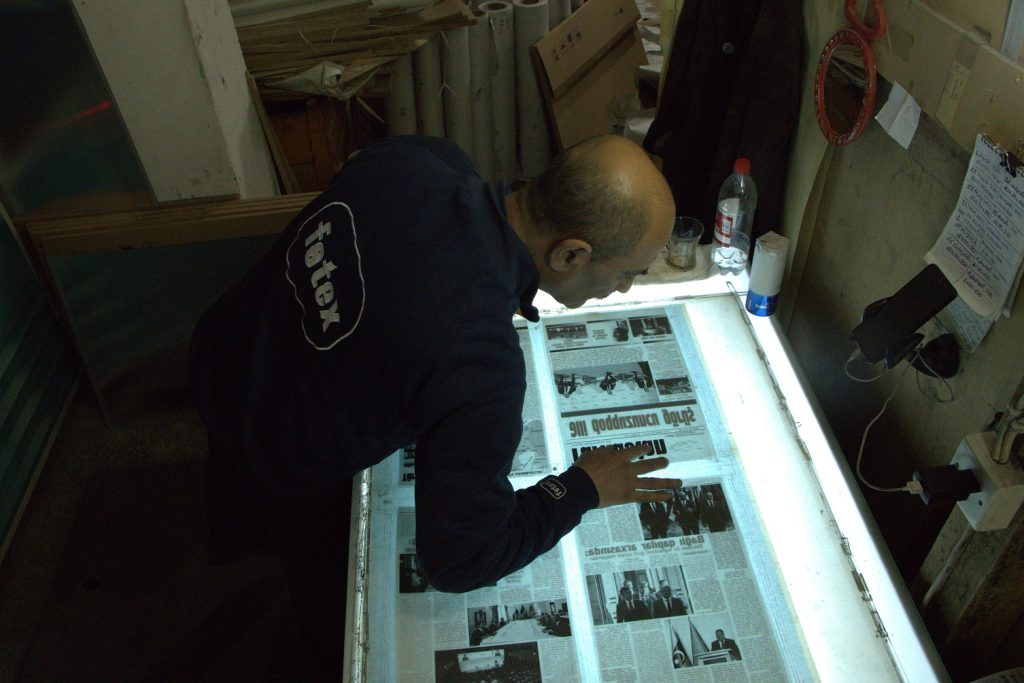
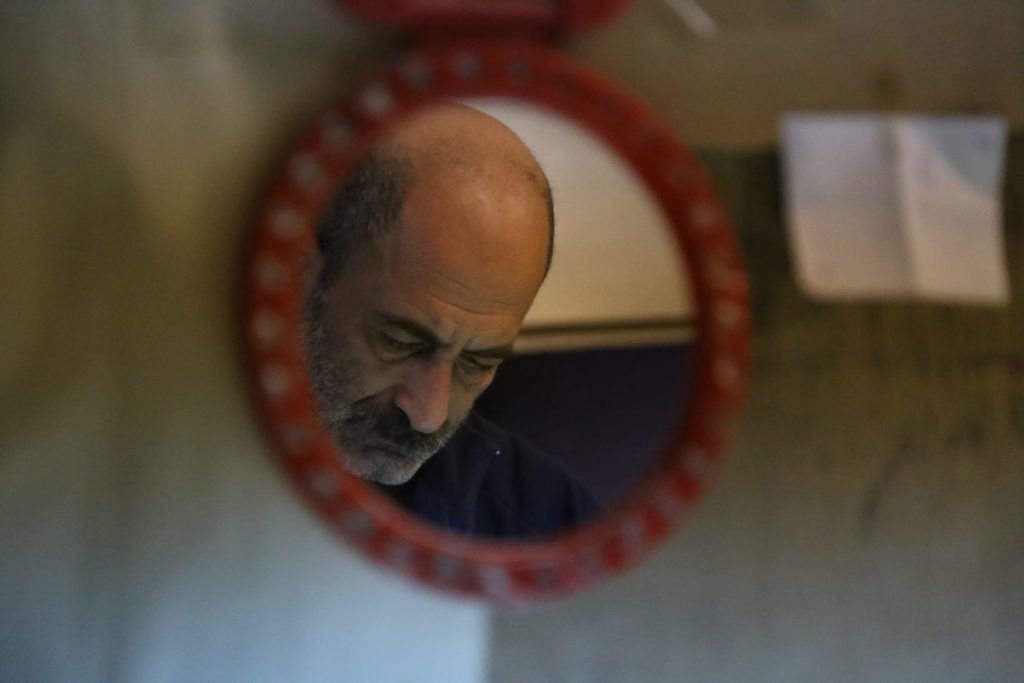
“Such accuracy tires a person. You can feel it in the evening when it burns into your eyes and makes you want to go to bed.
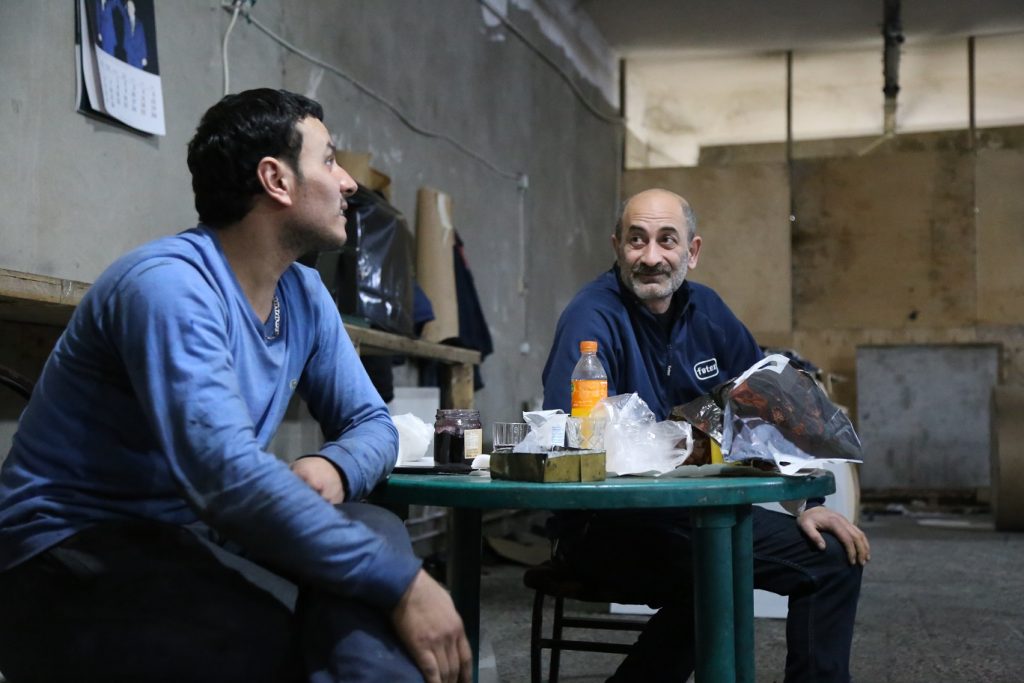
Despite the long hours of inhaling chemical odors and working under the bright lights of high voltage lamps, his thirty-year career has not diminished his love for the work.
“I’m very attached to my work. If you ask why I can’t say, I just love it.”

When we ask him if reads the newspaper, he replies:
“No, I don’t read them, and I’m not even interested. Why? When I connect the tapes, almost all of the pages are read automatically. Believe it or not, one day the headline of the news attracted me so much that I quit my job for a while and read the whole news directly from the tape,” he says smiling.
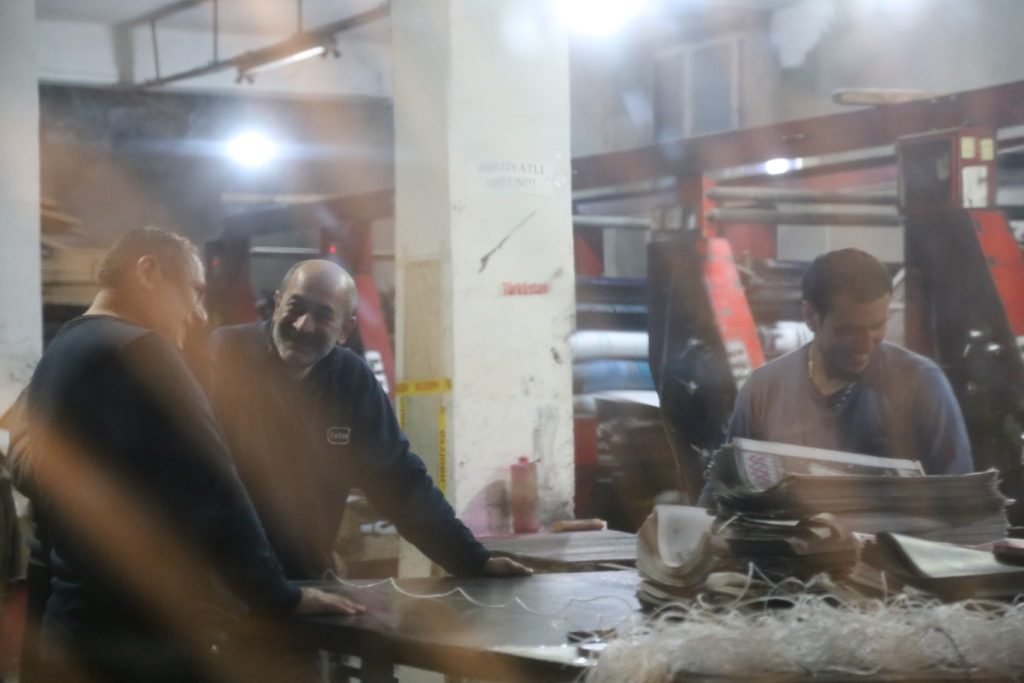
It is placed in the main area while the next films are being printed. He talks to his colleagues and drinks tea while he does so. It’s almost 2 am, and the last tapes are still tocome.

We decide to go with him in the courtyard of the print house, and maybe another cigarette can help pass the waiting time.
Aftandil speaks with sadness about the decline of the newspaper market, the decline in people’s interest in printed matter.
“You can see for yourself what hard work we have. But of course, if it’s not appreciated, we’re not very happy about it.”
We asked whether the age of newspapers was over.
It’s quiet for a while. He looks at the lit end of his cigarette and replies: “The era of newspapers will never end.”
Newspaper printing house
Follow us – Twitter | Facebook | Instagram



